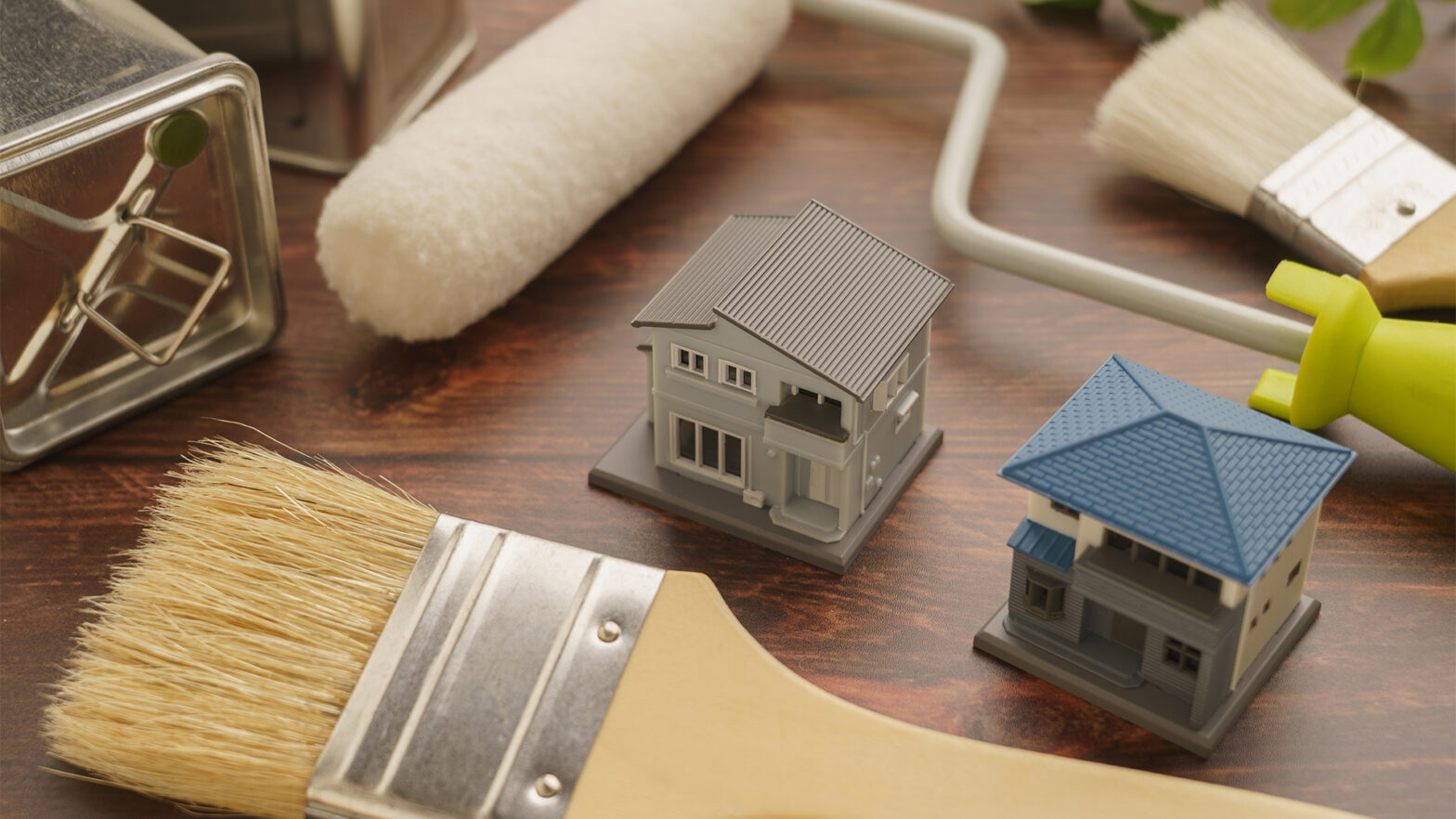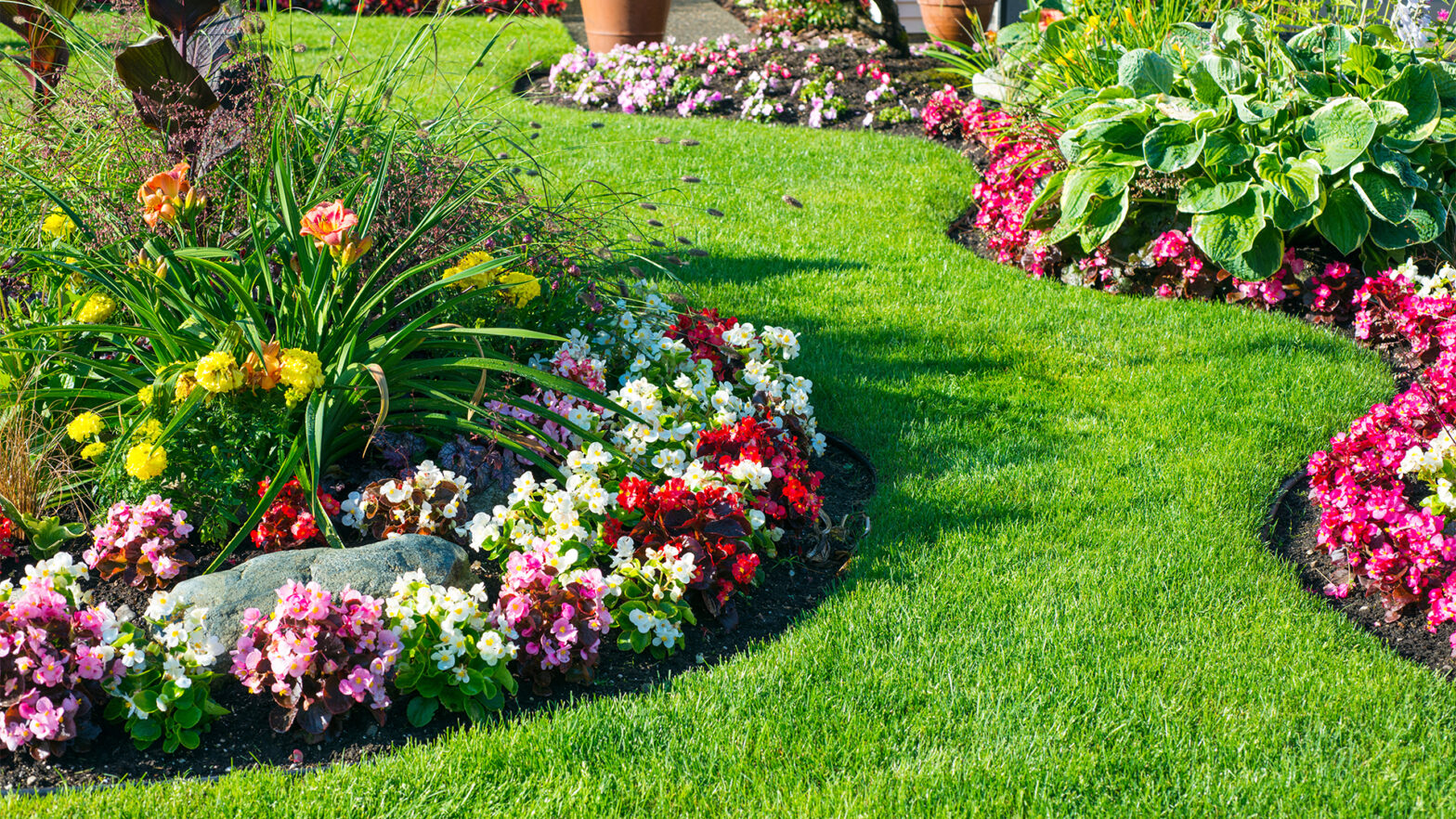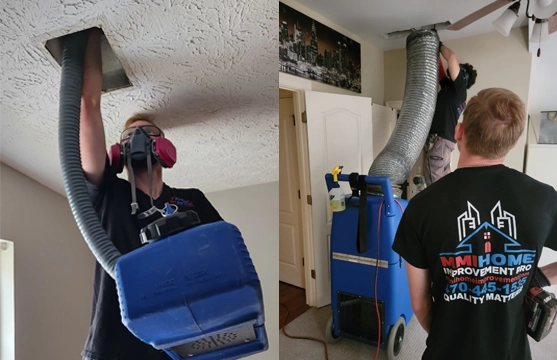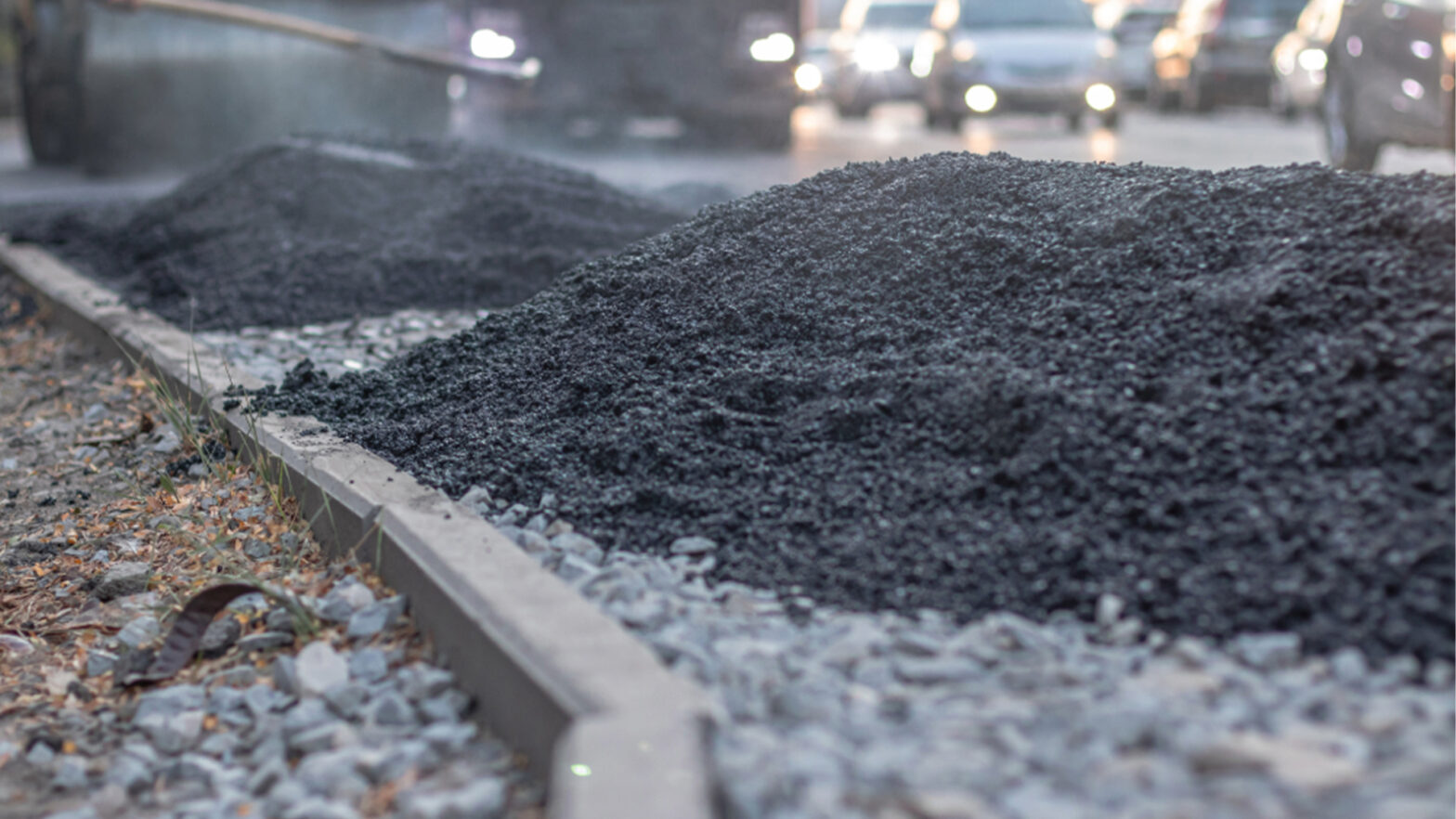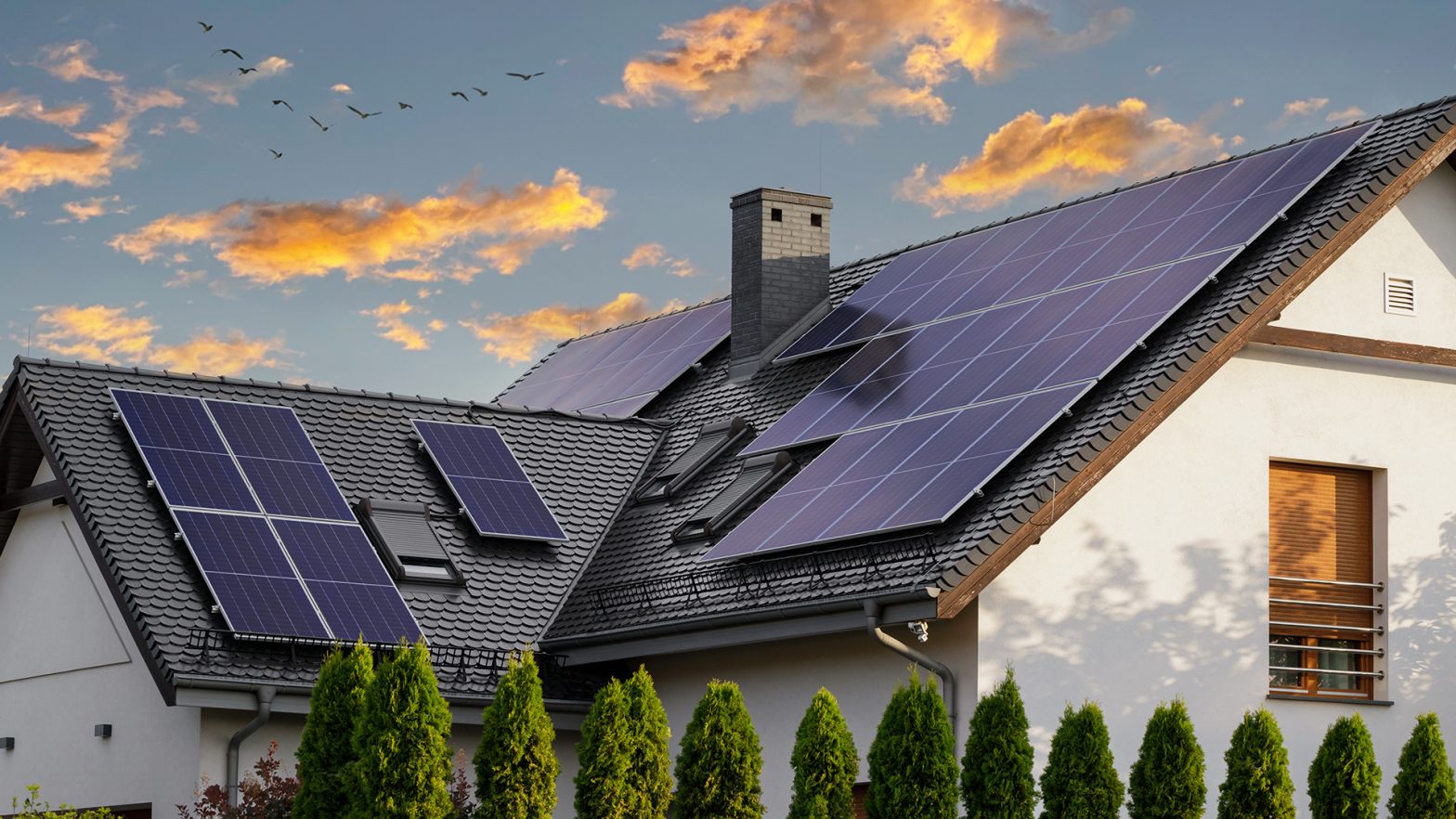
A home’s energy rating and running costs have become key priorities for property buyers in recent years. Spiralling fuel bills combined with the rising cost of living mean that more and more people are placing efficiency and sustainability at the top of their agenda when searching for a new home.
In a recent survey, nearly half of people looking to buy a home said the building’s Energy Performance Certificate (EPC) will have a major influence on their decision making. Similarly, almost 25% of homebuyers aged 35-44 said an EPC rating of C or above was ‘essential’.
From solar heating to metal windows, there are many eco-friendly ways to make a home more efficient. Not only can this help reduce energy bills and lower your carbon footprint, but it can also secure green mortgages with lower rates and make your property more saleable in the future.
Here are 5 sustainable solutions to lower your home’s running costs while limiting your impact on the environment.
1. Install Solar Panels
While gas and electricity bills in the UK will fall to an average of £1,568 per year from July 2024, they remain around £400 higher than in 2021. Homes powered by solar panels can help avoid these volatile energy costs and provide a green alternative to fossil fuels. Not only can solar panels reduce energy bills and lower your carbon footprint, but they can also add value to your property, and even provide a small income by selling electricity back to the National Grid.
More than 1.3 million UK homes are now equipped with solar panels, and it is predicted that around 20% of the country’s electricity will be generated by solar energy by 2030. As a renewable source of energy, solar panels are a popular choice for those looking to power their home in a greener and more sustainable way.
2. Create a Smart Home
As homes become “smarter”, households are harnessing green technology to improve their energy efficiencies. One of the biggest features of smart homes is the ability to remotely monitor and control appliances and systems such as lighting and heating from a phone or device to help conserve energy.
Smart home devices like LED lights or smart thermostats allow you to determine when and how they operate and set their temperature setting, giving users more control over energy usage. For example, smart heaters with adjustable thermostats can help reduce energy bills by 10% to 20%.
3. Fit Metal Windows
Old and draughty windows and doors are among the biggest culprits of energy waste in a property. In fact, between 25%-30% of heat lost in the home occurs through windows and doors.
Modern metal windows such as thermally-broken steel windows provide superb insulation in a home to drive down energy costs. Not only so they keep homes warner in the winter, but they also help to keep them cool in the warm summer months.
Most metal frame windows feature a double-pane design, full insulation, and sealed joints that prevent hot air from escaping through gaps and cracks. Another big advantage of metal windows is they are stronger and more durable than older windows or wooden frames and require less maintenance, making them a better sustainable option for energy-conscious homeowners.
4. Choose Sustainable Materials
Along with solar technologies and improved insulation, more households are making greener material decisions than ever before. By choosing non-toxic, recycled, and reclaimed materials, homeowners are reducing their carbon footprint and promoting a more sustainable future.
Renewable materials and other technologies like composites also provide cost-saving benefits as they form part of the circular economy aimed at creating a greener way forward. Put simply everyday materials are reused time and again, minimising waste and costs that are involved in energy-intensive production lines.
5. Insulate Your Loft
According to the Energy Saving Trust (EST), an uninsulated home will lose a quarter of its heat through the roof. It’s one of the most common challenges homeowners face when looking to reduce their energy consumption and promote sustainability.
Insulating your loft or flat roof is a great way to keep draughts at bay and prevent heat from escaping. It can also reduce your energy bills by around £370 per year for a detached house or £200 per year for a mid-terrace property.
As you can see, there are many steps homeowners can take to keep the cost of running a property down in a sustainable way. From smart technology to metal windows, these energy-saving solutions will reduce household bills and could even improve your chances of selling your home.



























